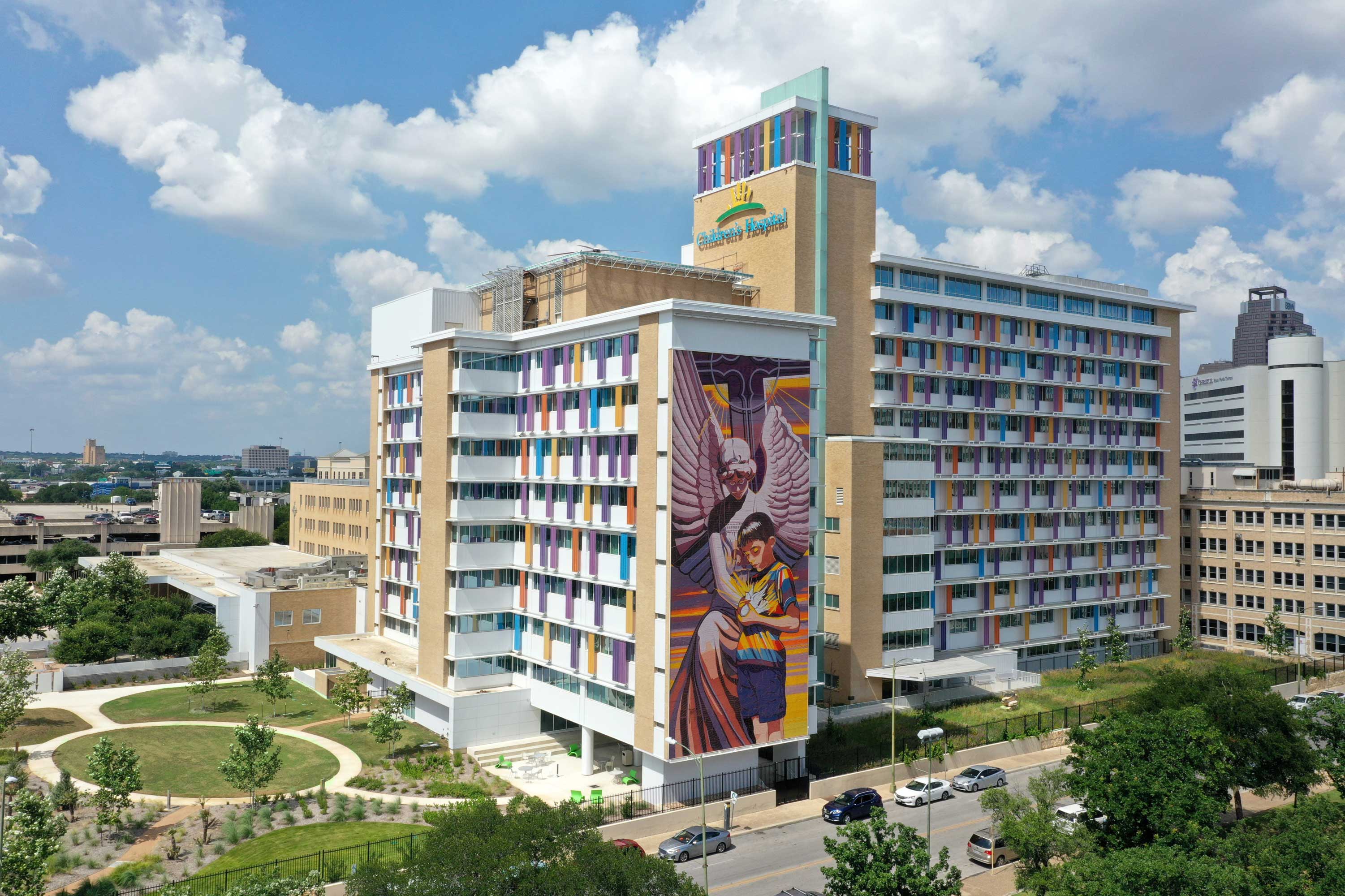Neuroblastoma
What is Neuroblastoma?
Neuroblastoma is a type of childhood cancer that develops in the nerve cells. It can occur anywhere along the sympathetic nervous system which, includes the abdomen, chest, or neck.
These cells grow and divide rapidly to form tumors that spread to other parts of the body.
Neuroblastoma often affects children ages 5 and younger, and is the most common solid tumor in children.
What is the Cause of Neuroblastoma?
The cause of neuroblastoma is unknown. It may be related to genetic factors or environmental exposures.
The disease may sometimes be associated with changes in specific genes. Researchers are studying how gene mutations lead to the development of neuroblastoma.
Other causes can include exposure to radiation or certain chemicals, such as those found in tobacco smoke.
Signs & Symptoms
Neuroblastoma often causes certain signs and symptoms that can vary depending on the size, location, and spread of the tumor.
Common signs and symptoms may include:
- Abdominal pain
- Swelling
- Constipation
- Bone pain
- Dark circles around the eyes
- Fever
- Anemia
- Fatigue
- Lump or mass in the abdomen
- High levels of certain hormones such as catecholamines
Risk Factors
Risk factors for neuroblastoma can include age, genetic mutations, and medical history.
Age: Children under five years old have an increased risk of developing this type of cancer due to the immaturity of their nerve cells.
Genetic Mutations: Inherited genetic mutations can increase a person’s risk of neuroblastoma.
Medical history: If your family has a history of this type of cancer then you may also be at an increased risk.
Diagnoses
Neuroblastoma is diagnosed through a combination of physical exam, imaging tests, and biopsy.
Physical exam: The doctor may feel for any lumps or swelling in the abdomen or neck that may be caused by a tumor.
Imaging tests: Computed tomography (CT) scans, magnetic resonance imaging scans (MRI), and X-rays look for the presence of a tumor and to determine its size, location, and spread.
Biopsy: A biopsy is usually needed to confirm the diagnosis. During the biopsy procedure, a sample of tissue from the tumor is taken and examined under a microscope to determine if it contains cancer cells.
A doctor can also order blood tests, urine tests, and bone scans to assess the extent of the disease.
Treatment
Treatment involves the following:
Surgery: Includes removing the tumor, adjacent lymph nodes, and nearby organs if they are involved with cancer.
Chemotherapy: Chemotherapy is designed to kill cancer cells, shrinks tumors, and slows their growth.
Radiation therapy: Radiation therapy uses high-energy X-rays or other particles to target tumor cells and damage them so they can’t grow or reproduce.
Immunotherapy: Immunotherapy helps the body’s immune system recognize and attack neuroblastoma cells to kill or shrink the tumor.
The Children’s Hospital of San Antonio
The Children’s Hospital of San Antonio specializes in pediatric care and cares for infants, children, and adolescents with special medical needs. Children’s provides comprehensive, coordinated care for children from birth to age 18.

